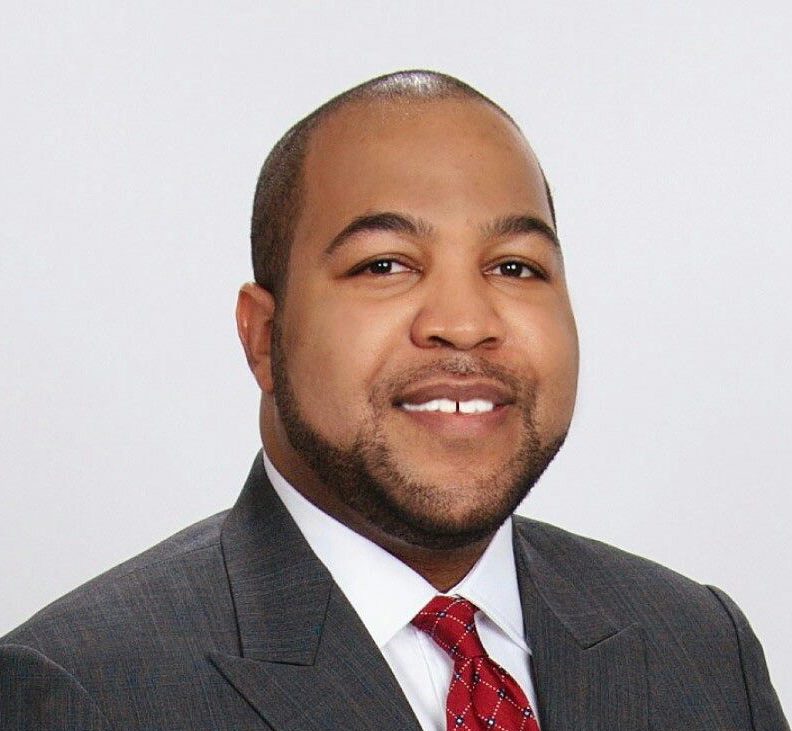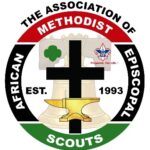A Firsthand Glimpse of the “Ecumenical World”
The World Methodist Council (WMC) is composed of 80 denominations in 132 countries who trace their theological lineage to John Wesley and the Methodist movement. The WMC headquarters is located in Lake Junaluska, North Carolina. From August 31, 2011 to September 3, 2016, I served as the Youth and Young Adult Coordinator of the World Methodist Council. My primary role in the ministry was to develop and implement programming for youth and young adults under the guidance of the WMC Youth and Young Adult Committee. My tenure at the WMC taught me the value of maintaining ecumenical relationships and reaching outside of denominational walls. However, I also learned that racism, ageism and other forms of prejudice exists within the Church and must be continually combatted—particularly within the body of Christ.
In 2011, I randomly saw an email advertisement for the International Methodist Young Leaders Seminar (IMYLS) and the 20th World Methodist Conference to be held in Durban, South Africa. While serving as Young Adult Representative of the Connectional Lay Organization (CLO) the IMYLS offered a networking opportunity to better serve the lay constituents. Prior the WMC Conference, Dr. Daryl Ingram (then Executive Director of Christian Education) stated that the WMC was looking for a Youth and Young Adult Coordinator. Dr. Ingram and Bishop John White encouraged me to complete the application. I immediately thought about the challenges working on young adult issues within the AME Church—and yet they wanted me to expand my efforts to 80 different denominations? After much prayer, I turned in the application and two months later I had my phone interview with incoming General Secretary Ivan Abrahams. Notification of the acceptance brought forth the irony that within a short span of time I became one of WMS’s chief elected staff persons, nevertheless I was still learning about the organization.
The Durban Conference was awe-inspiring and I left highly motivated to work for the WMC. Over the next five years, I travelled to five continents promoting and creating connections among Young Adults in member churches. Observing the beauty of similar passion for worship, desire to share the gospel, and focus on community outreach across the various Methodist/Wesleyan young adult groups inspired me. Unfortunately, I also noticed all too frequently how young adult voices were marginalized in the larger church-making bodies. Too often resources (financial and otherwise) were scarce. Young adults were considered “great”—until they began questioning the “status quo.” Young Adult ministry was “terrific”—until it had to be paid for. In spite of having the support of the General Secretary, the WMC culture replicated at a higher level the same patronizing attitudes towards young adults observed in my travels and indeed in my own work in the AME Church. As the staff person, I found myself constantly drawing on my experiences within the CLO to help the young adults navigate and advocate for their programs.
My time with the WMC taught me a better appreciation for the place of the AME Church in the world. Our story and continued presence is a reminder that the sins of racism are ever present. Time and again, I would witness White Americans and Europeans uncomfortably shift in their seats when an African-American Methodist would speak about injustices in the United States and wonder what/if the WMC would say something—anything. I also learned of attempts to make the AME Church seem smaller than what it is by not recognizing our global presence. I learned from the minutes that in the 80s there were several bitter fights at the Conference when the United Methodist Church were given additional representatives for being a Connectional Church, yet the AMEs were initially denied the same privilege. After Bishop Sarah Davis was elected Vice-President, her name tag proudly displayed “Jamaica” as her country—and more than once I heard persons inquiring about the AME Church there.
My tenure with the WMC showed me that AMEs are part of a large and diverse family of faith and personally challenged me to go beyond my own comfort zone both physically and mentally. I also found encouragement from the young adults I worked with across the world and helping them to build networks for them to do even greater works. In order to do our job effectively as Christians we must go beyond the places that our “safe” for us. The WMC is only one example of the AME Church’s rich legacy of ecumenical involvement. Whether its attending a different denomination’s General Conference or having a joint worship, it’s important for us to always remember that “church” is more than our congregation or our auxiliary





